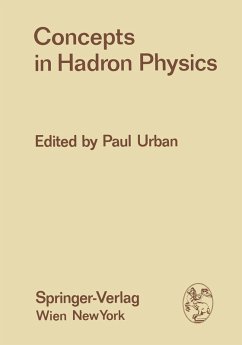Soluble quantum field theory models are a rare commodity. An infinite number of degrees of freedom and noncompact invariance groups have a nasty habit of ex ploding in the model-makers' face. Nevertheless, impor tant progress has recently been made in the class of superrenormalizable relativistic theories, such as a self-interacting boson in a two-dimensional space time [ 1]. These results have been obtained starting with the free field and adding the interaction in a carefully controlled way. Yet, the models successfully studied in this way do DQ~ have an infinite field strength renormalization, which, at least according to perturbation theory, should appear for realistic relativistic models in four-dimensional space time. ~2~!Y~~!9n_~g_~h~_~gg~1 The ultralocal scalar field theories discussed in these lecture notes are likewise motivated by relativistic theories but are based on a different approximatiGn. This approximation formally amounts to dropping the spatial gradient term from the Hamiltonian rather than the non linear interaction. For a self-interacting boson field in a space-time of (s+l) dimensions (s~l), the classical ultralocal model Hamiltonian reads (1-1) The quantum theory of this model is the subject of the present paper. This model differs formally from a rela tivistic theory by the term f![Z~Cl(~)]2 d~ which, it is hoped, can, in one or another way, be added as a pertur 229 bation in the quantum theory. However, that still remains a problem for the future, and we confine our remarks to . . a careful study of the "unperturbed" model (1-1).
Dieser Download kann aus rechtlichen Gründen nur mit Rechnungsadresse in A, B, BG, CY, CZ, D, DK, EW, E, FIN, F, GR, HR, H, IRL, I, LT, L, LR, M, NL, PL, P, R, S, SLO, SK ausgeliefert werden.


